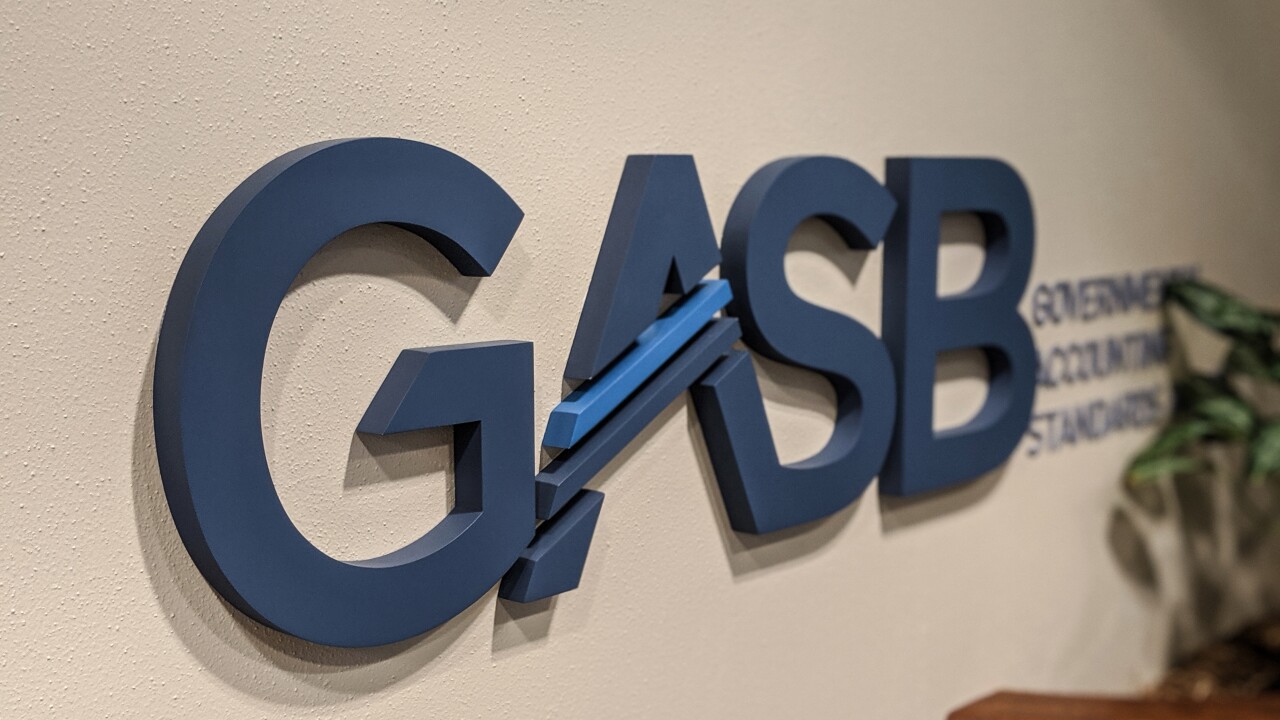DALLAS — Plans to add two reactors to the South Texas Project nuclear power plant near Houston became more doubtful this week as San Antonio’s public utility halted all discussions about buying power and the developer announced the project was on hold.
CPS Energy, which holds a 7.6% stake in the planned reactors, said that it is suspending all discussions with investor-owned NRG Energy regarding a purchase agreement for nuclear power.
NRG is the major partner in Nuclear Innovation North America, or NINA, the consortium created to double the number of reactors at STP from the current two.
NRG said it is suspending most work on the reactors known as STP 3 and 4 in the wake of the nuclear accident in Japan involving a plant owned by Tokyo Electric Power Co., a partner in the NINA project.
Toshiba, another partner that was to build the reactors, was expected to provide loans to the STP project through the government of Japan.
Expressing sympathy for the Japanese operators of the Fukushima Daichi power plant, NRG said: “Our best course of action in this immediate period of uncertainty is to minimize project spending, continue with those activities we can control, and wait until there is more information upon which we can base our long-term decisions. This is the financially disciplined course of action in uncertain and challenging times.”
Work on STP 3 and 4, for the time being, will be limited to activities related to licensing and securing the federal loan guarantee for the project, according to NRG.
The NINA decisions reflect the disarray that the entire nuclear power industry faces after four of the six reactors at Fukushima were damaged by the March 11 quake and tsunami that hit Japan.
The municipally owned CPS owns 40% of STP’s existing two reactors in Matagorda County 90 miles southwest of Houston. The reactors went into commercial operation in 1988 and 1989 after years of delays and cost overruns.
Though the plant was expected to cost less than $1 billion when proposed in 1971, the actual cost came to about $5 billion. Austin tried to sell its 16% stake in the project in 1981 but could not find a buyer.
The new reactors are projected to cost $10 billion to $13 billion, but critics say the cost could run as high as $18 billion.
San Antonio, which owns 44% of the existing nuclear plant, last year fought NRG in a legal battle to scale back its role in the two new reactors.
“Terminating discussions with NRG allows us to devote more resources in pursuit of the other options,” said CPS president Doyle Beneby. “When the development of STP 3 and 4 moves forward again, our present ownership interest will remain unchanged.”
NRG pointed out that while the older reactors at Fukushima were heavily damaged due to loss of power and cooling capacity, newer advanced boiling water reactors in use in Japan of the type planned in Texas shut down safely.
STP 1 and 2 reactors were the first in Texas and were built with three, rather than the customary two, fully independent emergency core-cooling systems and associated support systems.
“Since STP is very differently situated from the stricken nuclear plant in Japan — 10 miles from the Gulf of Mexico, in a non-seismic area with hardened watertight protection around both its backup generation and its spent fuel storage facilities — it is not obvious to us that any modifications are necessary to meet regulatory requirements applicable to either our existing or planned nuclear facilities,” said David Crane, chairman of NINA and chief executive of NRG.
“However, as we unreservedly support our government’s proposed nuclear safety review, the prudent thing for us to do is to await the outcome of that review before committing more of our own or our partners’ capital.”





